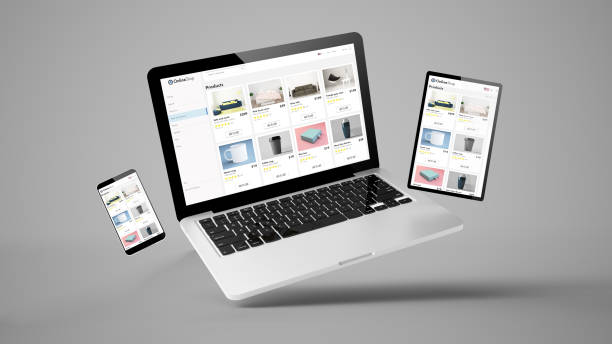Transformation in Employee Training
Training delivery methods have undergone significant transformations, particularly in the face of the pandemic. However, despite the availability of various digital alternatives, stand-and-deliver training has remarkably maintained its dominance, accounting for a substantial 40% of all training hours. In comparison, online or computer-based training claimed a share of 29%, indicating its popularity as a flexible and accessible learning method. Virtual classroom and web-based training followed closely at 23%, highlighting the increasing utilization of technology to facilitate remote learning experiences. Lastly, training via mobile devices captured 10% of the training hours, showcasing the growing trend of leveraging smartphones and tablets for on-the-go learning.
Training Delivery Methods
- Stand-and-Deliver Training: Stand-and-deliver training refers to traditional in-person training where learners physically gather in a classroom or training venue. It typically involves an instructor delivering content through lectures, presentations, demonstrations, and interactive discussions. This method emphasizes direct engagement between the instructor and learners, promoting immediate feedback and the opportunity for face-to-face interaction.
- Online or Computer-Based Training: Online or computer-based training (CBT) involves using digital platforms and software to deliver training materials. Learners accessing the content through computers or laptops typically engage in self-paced learning. CBT includes various formats, such as interactive modules, e-learning courses, virtual simulations, and assessments. It offers flexibility regarding time and location, allowing learners to progress at their own pace.
- Virtual Classroom: Virtual classroom training utilizes web-based conferencing tools to simulate a traditional classroom experience online. Learners participate remotely, connecting to a virtual classroom platform to interact with the instructor and other learners in real time. Virtual classrooms often incorporate live video conferencing, chat functions, whiteboards, and screen sharing to facilitate engagement, discussions, and collaborative activities.
- Web-Based Training: Web-based training is delivered through web-based platforms and applications. Learners access training materials and resources through web browsers, typically engaging in self-directed learning. Web-based training includes a variety of formats, such as multimedia presentations, interactive modules, online assessments, and discussion forums. It offers flexibility in terms of accessibility and allows learners to progress at their own pace.
- Training via Mobile Device: Training via mobile devices involves using smartphones or tablets to access training content and resources. Mobile training takes different forms, including mobile apps, mobile-optimized websites, or SMS-based learning. It leverages the portability and ubiquity of mobile devices, enabling learners to engage in training on the go. Mobile training often utilizes bite-sized content, quizzes, videos, and interactive features for smaller screens and touch interfaces.
Learning Demographic Predispositions
Regarding business training, learners actively learn on computers and phones. Many businesses have adopted digital learning platforms and mobile applications to provide training materials and courses to their employees. Computers and mobile devices offer convenience, flexibility, and accessibility for learners, allowing them to engage in training anytime and anywhere.
As for the learning demographic, it varies depending on the specific business and its employees. Different individuals have different learning preferences, and there is no definitive answer as to whether one demographic is more pre-disposed to reading or visuals. Some learners prefer reading and text-based materials, finding them effective for absorbing information. Others may be more inclined towards visuals, such as graphics and videos, as they enhance comprehension and engagement.
The availability of various training delivery methods offers significant benefits to businesses and learners alike. Providing a combination of different learning modalities to cater to a diverse range of learners is often beneficial. This includes reading materials, visual aids such as infographics or diagrams, and multimedia content like videos or interactive simulations. By offering a variety of resources, businesses accommodate different learning preferences and create a more inclusive and practical training experience for their employees.
